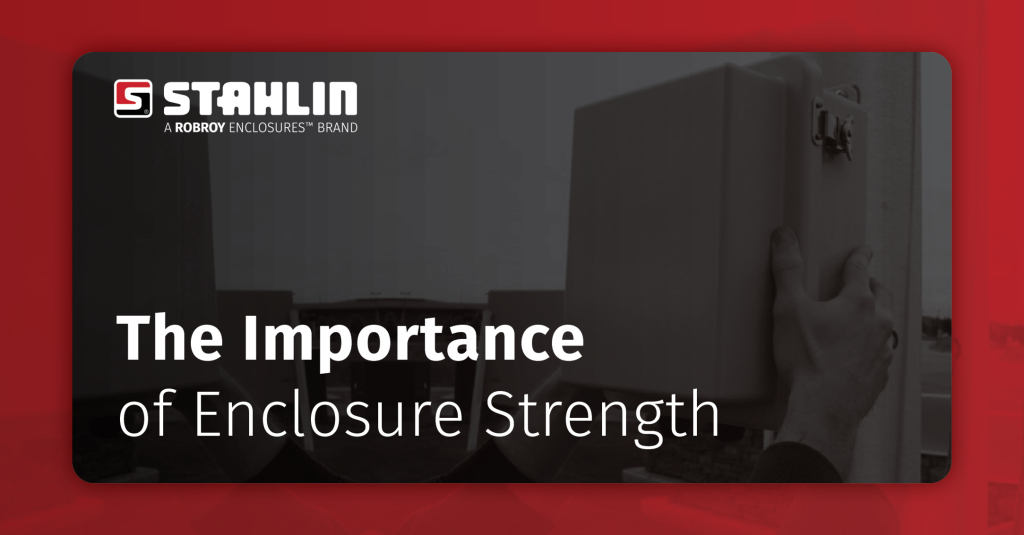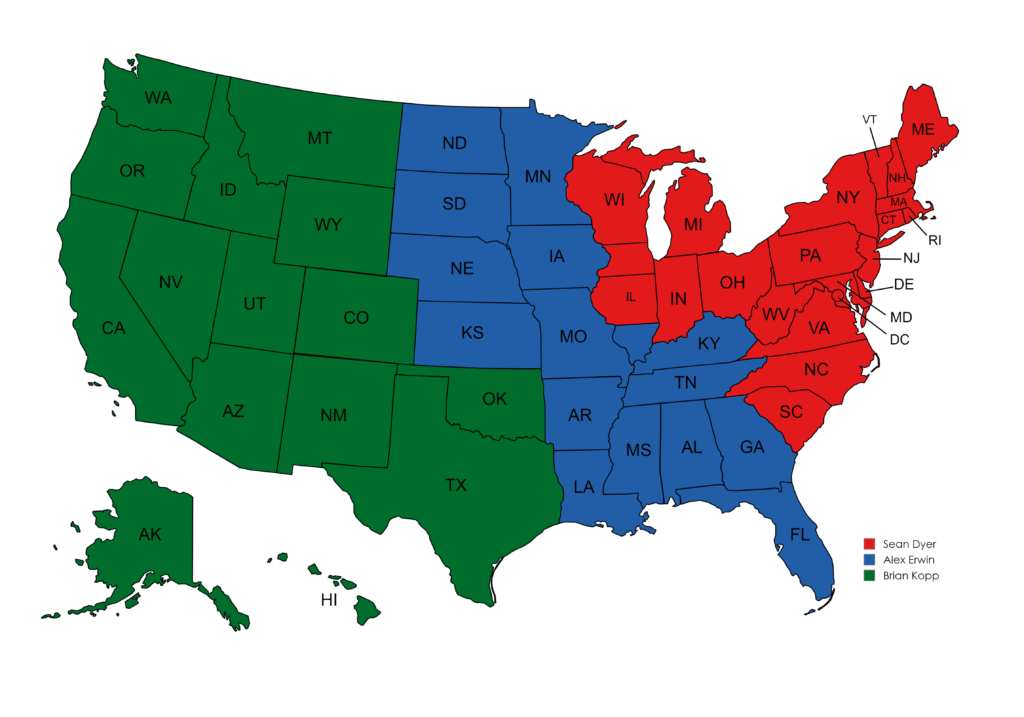
To many users of enclosures, robust durability and the ability to withstand impact, are critically important factors in achieving security of protection.
To other users of enclosures, security means protecting everything housed by an enclosure from destructive ingress by environmental contaminants including water and dirt — and from destructive actions including vandalization by human beings.
Stahlin® Enclosures provide security in all ways, shapes and forms. For a real-life example of proven protective performance from Stahlin®
Enclosures, please read or download a case study detailing reliable protection in the demanding environment of an agricultural application: https://stahlin.com/case-study/25-plus-years-of-great-service-and-world-class-non-metallic-enclosures-from-stahlin-enclosures-has-helped-micro-grow-control-systems-become-the-market-leader-for-greenhouse-watering-systems-pro/
How do Stahlin® Enclosures achieve an unsurpassed level of protection?
- Optimum impact resistance.
Non-metallic composite enclosures such as fiberglass and polycarbonate provide excellent-to-superior impact resistance. However, the success of an enclosure in providing maximum protection for what it contains, is not simply a matter of how many pounds of impact it can technically withstand. Dimensional stability can be the factor that determines whether or not an enclosure does what it is intended to do. Composite enclosures ensure greater dimensional stability than metallic options.
Here’s why that is so important:
The superior dimensional stability of non-metallic enclosures equates to a lower coefficient of thermal expansion compared to stainless steel. That is not directly related to impact resistance but means that composite enclosures can perform reliably within a wider range of environmental conditions. What DOES relate directly to impact resistance is the fact that dimensional stability also equates to the assurance of reliable sealing. The protective capabilities of any enclosure, metallic or non-metallic, relates to how well the gasket sealing the cover to the body functions. If the gasket fails, the enclosure will fail to protect its contents from ingress of moisture, dust, and other environmental contaminants.
Even a small impact on a metallic enclosure can cause enough dimensional degradation to cause a gasket seal to fail. The resilience of dimensional stability offered by non-metallic enclosures helps ensure that an enclosure can take a beating and continue to provide the protection its user paid for.
- Optimum security features
The most vulnerable part of enclosure access is the lock, NOT the box, regardless of the material.
Various hinge and latch combinations are available to secure the contents of an enclosure. Although the security requirements will be unique for each application, the selection process should include at least the following considerations:
Some enclosures are designed with hidden hinges and quarter-turn latches or camlocks with security key access to make these features less prominent and subsequently, less vulnerable. The foremost consideration is access frequency. Whether an installation must be accessed daily, monthly or annually is very significant. Keeping unauthorized persons out is only slightly more important than ensuring that keys or tools are available when access by authorized personnel is imminently required.
- Will the location or any specifications require a tool for opening?
- Will it require a padlock or other considerations for latches?
In many cases when the enclosure is selected the hinge type is automatically selected because the hinge is an integral part of the enclosure. For some enclosures it is possible to select the hinge or an available hinge-less option.
At Stahlin® Enclosures we specialize in ensuring that you receive the proven security solutions you need. We know that, from simple junction box to central nervous system control of complex processing plants, the contents of enclosures are crucial to the safety of many people. We provide for rigorous security requirements by designing key locations to prevent access by unauthorized or accidental operation of control equipment. Beyond external security measures, direct access to our enclosures can be secured by the choice of hinges and latches and appropriate locking mechanisms.
